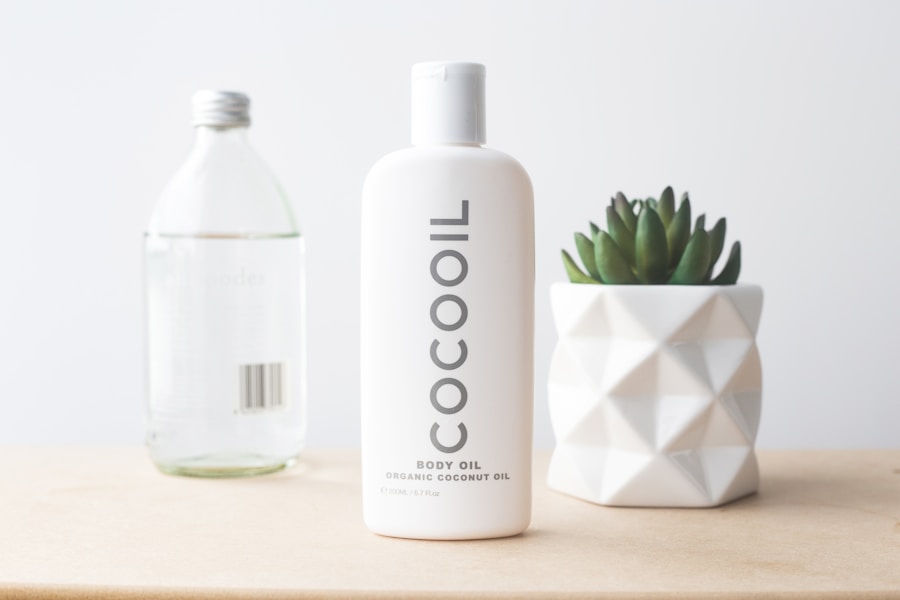After undergoing a cosmetic procedure, whether it’s a facial treatment, laser therapy, or a surgical procedure, it’s crucial to understand the importance of aftercare. Aftercare plays a significant role in the healing process and the overall success of the treatment. It involves taking care of the treated area, following specific instructions provided by the healthcare provider, and making necessary lifestyle adjustments to ensure optimal results. Neglecting aftercare can lead to complications, prolonged recovery time, and even unsatisfactory outcomes. Therefore, patients must prioritize aftercare to support the body’s natural healing process and achieve the desired aesthetic goals.
Furthermore, aftercare is essential for minimizing the risk of infection and other potential complications. By following post-treatment instructions and maintaining proper hygiene, patients can create a clean and conducive environment for healing. Additionally, aftercare helps to manage discomfort, reduce inflammation, and promote skin rejuvenation. It also allows healthcare providers to monitor the patient’s progress and address any concerns that may arise during the recovery period. Ultimately, understanding the importance of aftercare is crucial for ensuring the safety, effectiveness, and long-term success of cosmetic treatments.
Proper Skincare Routine
A proper skincare routine is an integral part of post-treatment aftercare. After undergoing a cosmetic procedure, the skin may be more sensitive and vulnerable to external factors. Therefore, it’s essential to establish a gentle and nourishing skincare regimen to support the healing process and maintain the results of the treatment. This may include using mild cleansers, hydrating serums, and non-irritating moisturizers that are suitable for the specific needs of the treated area. It’s important to avoid harsh exfoliants, abrasive scrubs, and products containing potentially irritating ingredients, such as fragrances or alcohol.
In addition to using gentle skincare products, it’s crucial to protect the skin from environmental aggressors, such as UV radiation and pollution. This can be achieved by applying broad-spectrum sunscreen with a high SPF, wearing protective clothing, and seeking shade during peak sun hours. Furthermore, staying hydrated, eating a balanced diet, and getting enough sleep are essential for supporting skin health and overall well-being. By incorporating a proper skincare routine into post-treatment aftercare, patients can promote healing, minimize the risk of complications, and maintain the long-term benefits of their cosmetic procedure.
Avoiding Sun Exposure
One of the most important aspects of post-treatment aftercare is avoiding sun exposure. Whether a patient has undergone a laser treatment, chemical peel, or surgical procedure, the skin is more susceptible to damage from UV radiation during the healing process. Sun exposure can lead to hyperpigmentation, premature aging, and compromised results of the treatment. Therefore, it’s crucial for patients to protect their skin from the sun by staying indoors during peak sun hours, wearing protective clothing, and applying sunscreen with a high SPF.
Furthermore, it’s important to be mindful of indirect sun exposure, such as through windows or reflective surfaces. Even brief exposure to sunlight can have detrimental effects on the healing skin. Patients should also be cautious when participating in outdoor activities or traveling to sunny destinations during the recovery period. By avoiding sun exposure and taking necessary precautions, patients can minimize the risk of complications and ensure the success of their cosmetic procedure.
Managing Discomfort and Redness
After undergoing a cosmetic procedure, it’s common for patients to experience discomfort and redness in the treated area. This is a natural part of the healing process as the body responds to the trauma caused by the treatment. To manage discomfort and redness, patients can use cold compresses, take prescribed pain medication as directed by their healthcare provider, and avoid activities that may exacerbate inflammation. It’s important to follow post-treatment instructions carefully and communicate any concerns with the healthcare provider to ensure appropriate management of symptoms.
In addition to physical discomfort, patients may also experience emotional distress during the recovery period. It’s normal to feel anxious or impatient about the healing process and the final results of the treatment. Seeking support from friends, family members, or support groups can help alleviate emotional stress and provide reassurance during this time. By effectively managing discomfort and redness, patients can promote healing, reduce inflammation, and achieve optimal outcomes from their cosmetic procedure.
Following Post-Treatment Instructions
Following post-treatment instructions is crucial for ensuring the safety and effectiveness of cosmetic procedures. Healthcare providers typically provide detailed guidelines on how to care for the treated area, what activities to avoid, and when to schedule follow-up appointments. It’s important for patients to adhere to these instructions diligently to minimize the risk of complications and achieve the desired results. This may include avoiding strenuous exercise, refraining from smoking or drinking alcohol, and abstaining from certain skincare products or treatments that may interfere with the healing process.
Furthermore, patients should be proactive in communicating with their healthcare provider if they have any questions or concerns about post-treatment care. It’s essential to seek clarification on any ambiguous instructions and report any unexpected symptoms or changes in the treated area. By following post-treatment instructions attentively and staying in close communication with their healthcare provider, patients can ensure a smooth recovery and maximize the benefits of their cosmetic procedure.
Scheduling Follow-Up Appointments
Scheduling follow-up appointments is an important aspect of post-treatment aftercare. These appointments allow healthcare providers to assess the patient’s progress, monitor healing, and address any issues that may arise following the procedure. During follow-up appointments, patients may receive additional treatments or adjustments to optimize their results. It’s important for patients to attend all scheduled follow-up appointments and communicate any changes or concerns with their healthcare provider.
Moreover, follow-up appointments provide an opportunity for patients to discuss their long-term goals and receive personalized recommendations for maintaining their results. Healthcare providers can offer guidance on skincare products, lifestyle modifications, and future treatments that may be beneficial for sustaining the effects of the cosmetic procedure. By scheduling follow-up appointments and staying engaged with their healthcare provider, patients can ensure ongoing support and guidance throughout their aesthetic journey.
Maintaining Long-Term Results
After completing the initial recovery period, it’s essential for patients to maintain long-term results through consistent skincare practices and healthy lifestyle habits. This may involve using medical-grade skincare products recommended by their healthcare provider, protecting the skin from environmental damage, and adopting a balanced diet rich in antioxidants and essential nutrients. Additionally, patients should continue to prioritize sun protection by wearing sunscreen daily and seeking shade when outdoors.
Furthermore, maintaining long-term results may require periodic touch-up treatments or maintenance procedures to address aging-related changes or specific concerns. Patients should consult with their healthcare provider to develop a customized plan for sustaining their aesthetic goals over time. By maintaining long-term results through diligent skincare practices and ongoing support from their healthcare provider, patients can enjoy lasting benefits from their cosmetic procedure.
In conclusion, aftercare is an essential component of any cosmetic procedure that significantly impacts the safety, effectiveness, and long-term success of the treatment. By understanding the importance of aftercare, following a proper skincare routine, avoiding sun exposure, managing discomfort and redness, following post-treatment instructions, scheduling follow-up appointments, and maintaining long-term results, patients can optimize their outcomes and achieve their aesthetic goals with confidence. Prioritizing aftercare not only supports the body’s natural healing process but also ensures a positive experience and sustainable results from cosmetic treatments.






